Chandan Kumar
Learn and Search: An Elegant Technique for Object Lookup using Contrastive Learning
Mar 12, 2024Abstract:The rapid proliferation of digital content and the ever-growing need for precise object recognition and segmentation have driven the advancement of cutting-edge techniques in the field of object classification and segmentation. This paper introduces "Learn and Search", a novel approach for object lookup that leverages the power of contrastive learning to enhance the efficiency and effectiveness of retrieval systems. In this study, we present an elegant and innovative methodology that integrates deep learning principles and contrastive learning to tackle the challenges of object search. Our extensive experimentation reveals compelling results, with "Learn and Search" achieving superior Similarity Grid Accuracy, showcasing its efficacy in discerning regions of utmost similarity within an image relative to a cropped image. The seamless fusion of deep learning and contrastive learning to address the intricacies of object identification not only promises transformative applications in image recognition, recommendation systems, and content tagging but also revolutionizes content-based search and retrieval. The amalgamation of these techniques, as exemplified by "Learn and Search," represents a significant stride in the ongoing evolution of methodologies in the dynamic realm of object classification and segmentation.
Unsupervised learning based object detection using Contrastive Learning
Feb 21, 2024Abstract:Training image-based object detectors presents formidable challenges, as it entails not only the complexities of object detection but also the added intricacies of precisely localizing objects within potentially diverse and noisy environments. However, the collection of imagery itself can often be straightforward; for instance, cameras mounted in vehicles can effortlessly capture vast amounts of data in various real-world scenarios. In light of this, we introduce a groundbreaking method for training single-stage object detectors through unsupervised/self-supervised learning. Our state-of-the-art approach has the potential to revolutionize the labeling process, substantially reducing the time and cost associated with manual annotation. Furthermore, it paves the way for previously unattainable research opportunities, particularly for large, diverse, and challenging datasets lacking extensive labels. In contrast to prevalent unsupervised learning methods that primarily target classification tasks, our approach takes on the unique challenge of object detection. We pioneer the concept of intra-image contrastive learning alongside inter-image counterparts, enabling the acquisition of crucial location information essential for object detection. The method adeptly learns and represents this location information, yielding informative heatmaps. Our results showcase an outstanding accuracy of \textbf{89.2\%}, marking a significant breakthrough of approximately \textbf{15x} over random initialization in the realm of unsupervised object detection within the field of computer vision.
Pattern Based Multivariable Regression using Deep Learning (PBMR-DP)
Mar 09, 2022



Abstract:We propose a deep learning methodology for multivariate regression that is based on pattern recognition that triggers fast learning over sensor data. We used a conversion of sensors-to-image which enables us to take advantage of Computer Vision architectures and training processes. In addition to this data preparation methodology, we explore the use of state-of-the-art architectures to generate regression outputs to predict agricultural crop continuous yield information. Finally, we compare with some of the top models reported in MLCAS2021. We found that using a straightforward training process, we were able to accomplish an MAE of 4.394, RMSE of 5.945, and R^2 of 0.861.
HDRVideo-GAN: Deep Generative HDR Video Reconstruction
Nov 03, 2021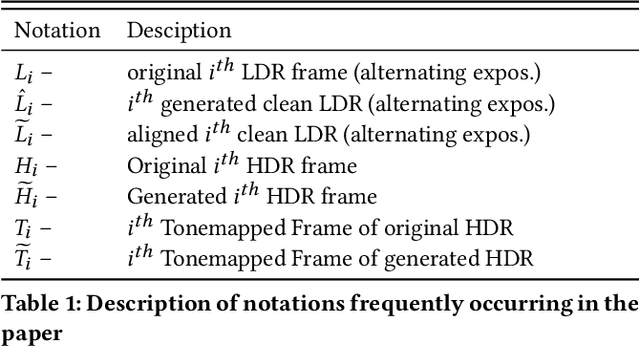
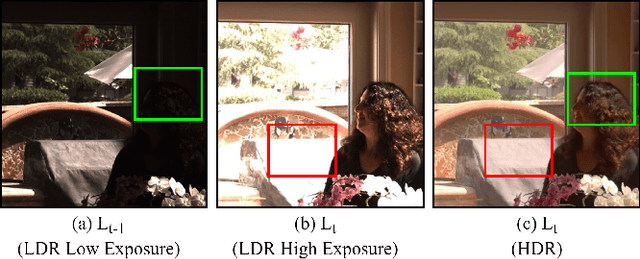
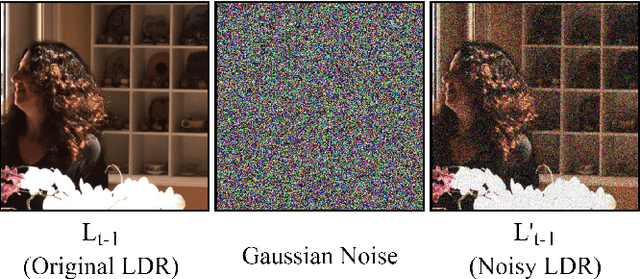

Abstract:High dynamic range (HDR) videos provide a more visually realistic experience than the standard low dynamic range (LDR) videos. Despite having significant progress in HDR imaging, it is still a challenging task to capture high-quality HDR video with a conventional off-the-shelf camera. Existing approaches rely entirely on using dense optical flow between the neighboring LDR sequences to reconstruct an HDR frame. However, they lead to inconsistencies in color and exposure over time when applied to alternating exposures with noisy frames. In this paper, we propose an end-to-end GAN-based framework for HDR video reconstruction from LDR sequences with alternating exposures. We first extract clean LDR frames from noisy LDR video with alternating exposures with a denoising network trained in a self-supervised setting. Using optical flow, we then align the neighboring alternating-exposure frames to a reference frame and then reconstruct high-quality HDR frames in a complete adversarial setting. To further improve the robustness and quality of generated frames, we incorporate temporal stability-based regularization term along with content and style-based losses in the cost function during the training procedure. Experimental results demonstrate that our framework achieves state-of-the-art performance and generates superior quality HDR frames of a video over the existing methods.
Bayesian Optimization -- Multi-Armed Bandit Problem
Dec 14, 2020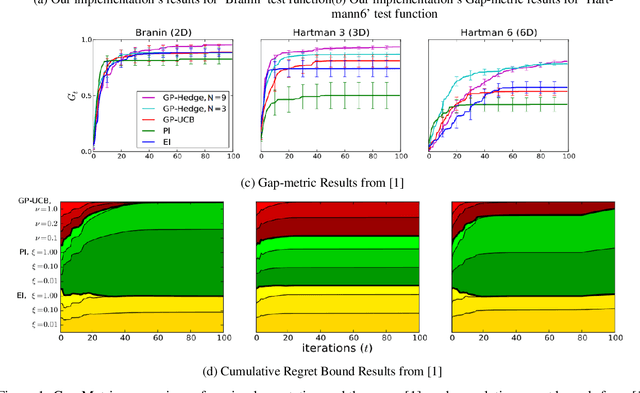
Abstract:In this report, we survey Bayesian Optimization methods focussed on the Multi-Armed Bandit Problem. We take the help of the paper "Portfolio Allocation for Bayesian Optimization". We report a small literature survey on the acquisition functions and the types of portfolio strategies used in papers discussing Bayesian Optimization. We also replicate the experiments and report our findings and compare them to the results in the paper. Code link: https://colab.research.google.com/drive/1GZ14klEDoe3dcBeZKo5l8qqrKf_GmBDn?usp=sharing#scrollTo=XgIBau3O45_V.
Efficient Object Detection Model for Real-Time UAV Applications
May 30, 2019

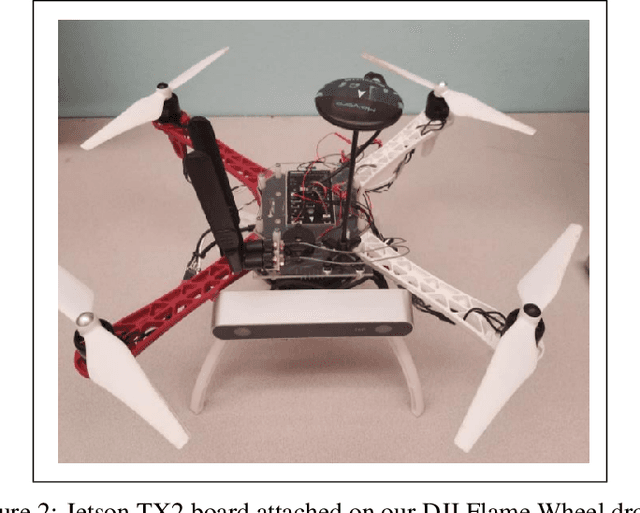

Abstract:Unmanned Aerial Vehicles (UAVs) especially drones, equipped with vision techniques have become very popular in recent years, with their extensive use in wide range of applications. Many of these applications require use of computer vision techniques, particularly object detection from the information captured by on-board camera. In this paper, we propose an end to end object detection model running on a UAV platform which is suitable for real-time applications. We propose a deep feature pyramid architecture which makes use of inherent properties of features extracted from Convolutional Networks by capturing more generic features in the images (such as edge, color etc.) along with the minute detailed features specific to the classes contained in our problem. We use VisDrone-18 dataset for our studies which contain different objects such as pedestrians, vehicles, bicycles etc. We provide software and hardware architecture of our platform used in this study. We implemented our model with both ResNet and MobileNet as convolutional bases. Our model combined with modified focal loss function, produced a desirable performance of 30.6 mAP for object detection with an inference time of 14 fps. We compared our results with RetinaNet-ResNet-50 and HAL-RetinaNet and shown that our model combined with MobileNet as backend feature extractor gave the best results in terms of accuracy, speed and memory efficiency and is best suitable for real time object detection with drones.
 Add to Chrome
Add to Chrome Add to Firefox
Add to Firefox Add to Edge
Add to Edge